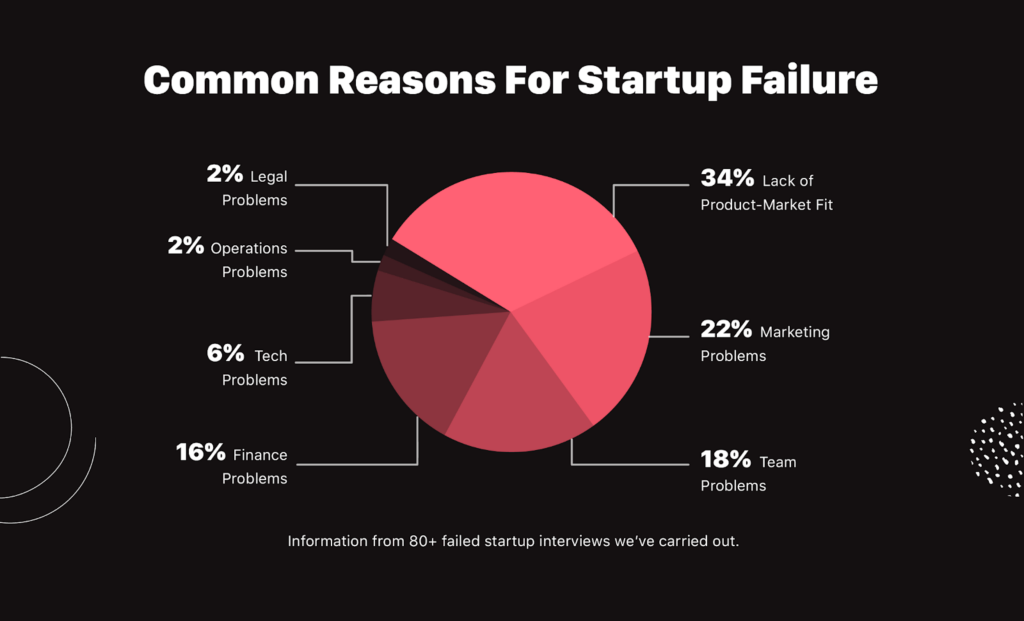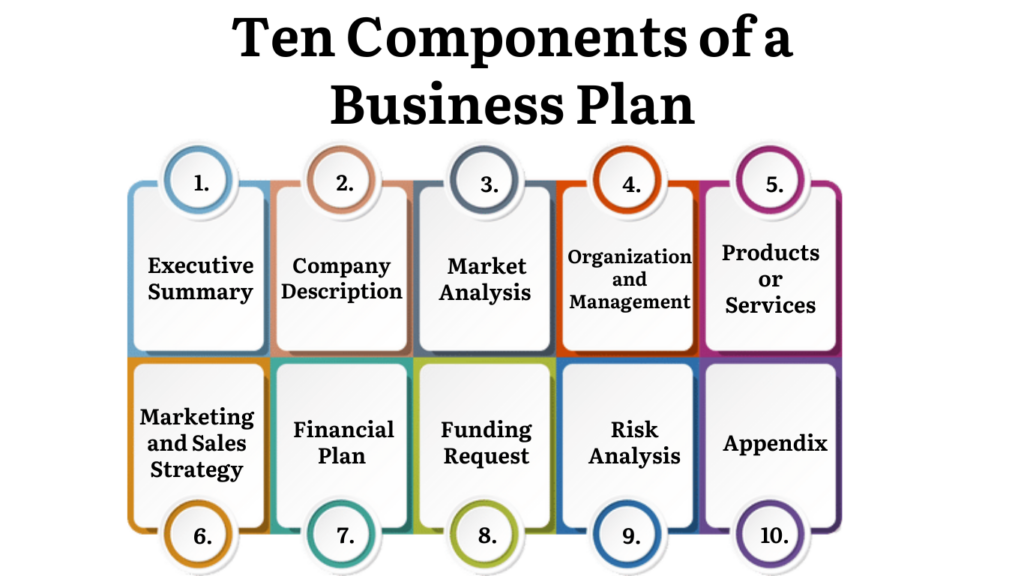Physical Address
304 North Cardinal St.
Dorchester Center, MA 02124
Physical Address
304 North Cardinal St.
Dorchester Center, MA 02124
Starting a business is an exciting journey filled with opportunities and challenges. Whether you want to be your own boss, follow a passion, or solve a problem in the market, creating a successful business requires planning, dedication, and execution. This guide will take you through the essential steps to start your own business from scratch.
Every successful business starts with a great idea. If you already have an idea, evaluate its feasibility. If not, brainstorm based on your skills, interests, and market needs. Here are some ways to generate business ideas:
Once you have an idea, research the market to ensure there is demand. Ask yourself:
Market research helps you understand your industry, target customers, and competitors. There are two main types:
Your goal is to gather information on customer needs, pricing expectations, and purchasing habits. This helps in shaping your product, pricing, and marketing strategies.

A business plan is a roadmap that outlines your business objectives, strategies, and financial projections. It helps you stay organized and is crucial if you seek investors or loans. Your business plan should include:
A brief overview of your business, including the mission, vision, and goals.
Details about your business, including structure, location, and the problem it solves.
Insights on industry trends, target customers, and competitive analysis.
Outline the business structure (sole proprietorship, partnership, LLC, corporation) and key team members.
Describe what you’re selling and how it benefits customers.
How will you attract and retain customers? This includes branding, advertising, and sales strategies.
Projections for revenue, expenses, and profitability. Include funding requirements if needed.

Your business structure affects your taxes, liability, and operations. The common types are:
Choose based on your business needs and consult a legal expert if necessary.

Depending on your location and business type, you may need:
Check with your local and state authorities for specific requirements.
Starting a business requires capital. If you don’t have enough savings, consider these funding options:
Your business plan will be crucial in convincing lenders or investors.

Decide whether you need a physical location or will operate online. Consider costs, accessibility, and scalability.
Open a separate business bank account to keep finances organized.
Use accounting software like QuickBooks or hire an accountant to manage finances.
A professional website enhances credibility. Use platforms like WordPress, Wix, or Shopify.
Professional email (e.g., [email protected]) and a business phone number improve customer trust.
If you’re selling a product:
If you’re offering a service:
Your business needs visibility to attract customers. Develop a marketing strategy that includes:
Create a strong brand identity, including a logo, colors, and messaging.
Use platforms like Facebook, Instagram, Twitter, and LinkedIn to engage with customers.
Start a blog, make videos, or use email marketing to provide value and attract customers.
Run Google Ads, Facebook Ads, or influencer collaborations.
Attend industry events and collaborate with other businesses.

Set a launch date and create a buzz before opening. Strategies include:
Success doesn’t end at launch. Monitor key metrics like revenue, customer acquisition cost, and engagement. Continually improve by:
Starting a business is a rewarding but challenging process. By following these steps—finding a business idea, conducting market research, creating a business plan, securing funding, setting up operations, marketing, and growing—you can build a strong foundation for success. Stay adaptable, keep learning, and remain committed to your vision. With hard work and persistence, your business can thrive!